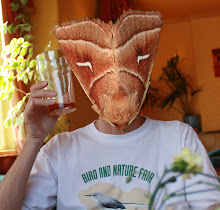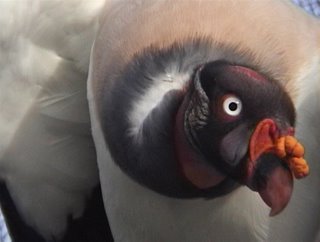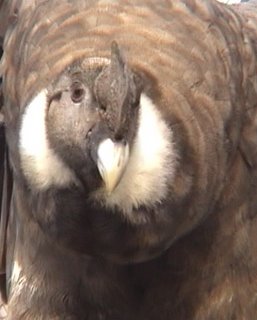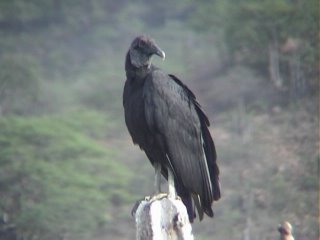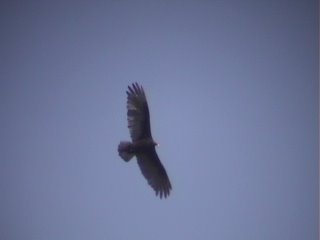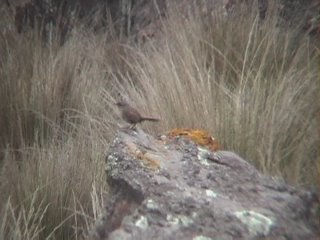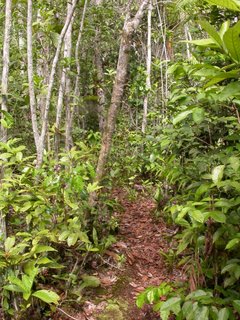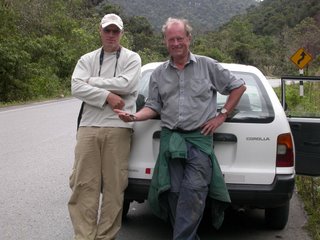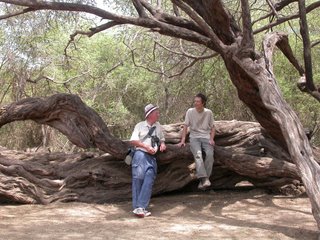The White-winged Guan...
The White-winged Guan is a tumbesian endemic which until fairly recently was feared to be extinct. It was eventually relocated in some remote canyons in NW Peru where it persists to this day in very small numbers. Little of the habitat it requires appears to be formally protected and immediate action to create reserves for this amazing bird seem timely. We saw our first White-winged Guans at Limon, a regular stake-out for the species. It requires some effort to get to the place before dawn, but the extra effort is well rewarded. We were treated to the unforgetable sight of two guans sailing across the beautiful forested canyon early in the misty morning. It was superb!
One such reserve is already in effect. Chaparri is a great place run and protected by local people who care about the environment they live in. A charming, slightly rustic lodge has been created where casual visitors and small tour groups can stay in a quiet environment and observe the special birds and wildlife of the area. Excellent guides are available and the food is superb!
White-winged Guans have been introduced into the area around Chaparri and are easy to see. We saw several here including a pair with young.

An adult White-winged Guan foraging outside my room at Chaparri. Most of the birds are banded but we did see a couple which were not. The theory is that at least one of the birds here is "wild" and was already present before the introduction program began. The plumage is very blackish, lacking the paler fringing on the neck and mantle which is usually obvious on other guans in the genus Penelope.
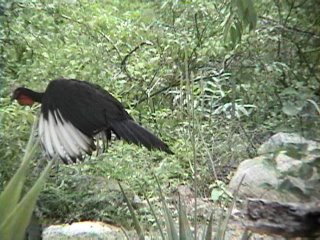
In flight you can see how the bird got, and fully deserves, its common name. They are spectacular in flight!

One of the juvenile White-winged Guans that we watched at close range for a prolonged period. Notice the pale tips to the wing coverts creating a neat banded effect.
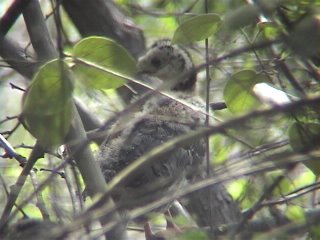
Another view of a juvenile White-winged Guan. Very cute...
